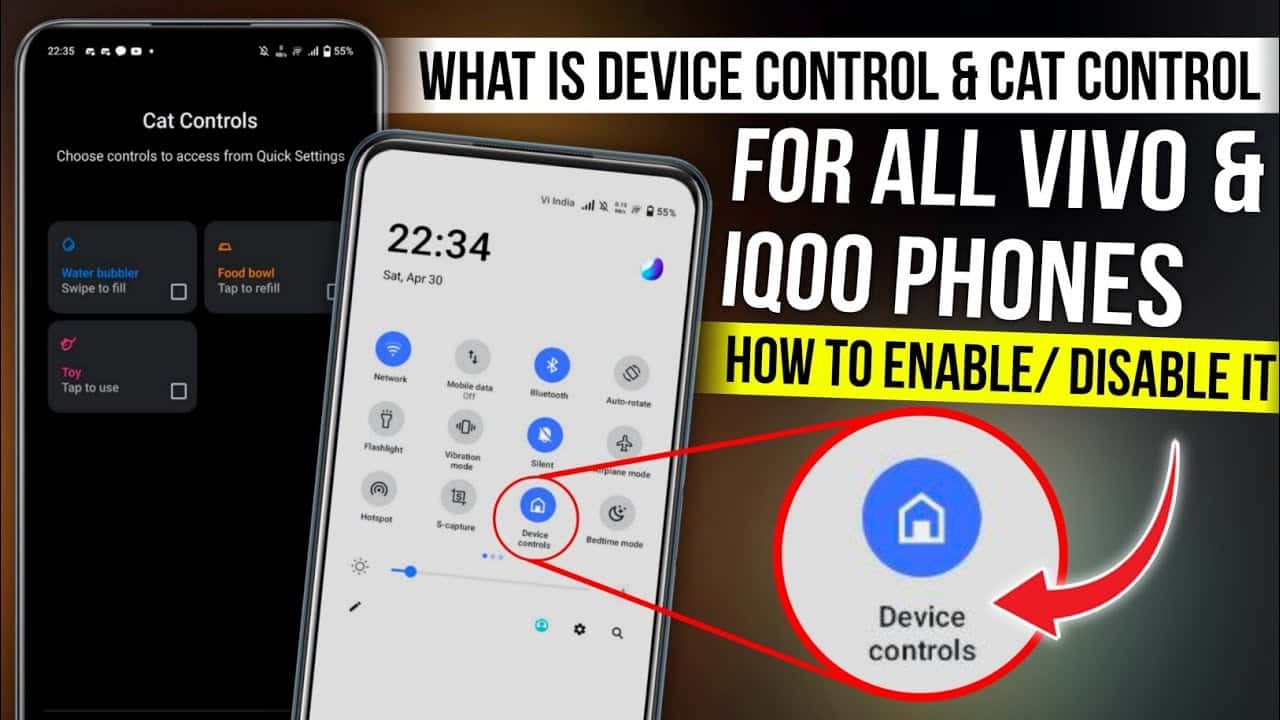Device control is a type of computer security system which restricts access and control to certain hardware or software, usually through predefined security policies. It is used in cyber security to help protect networks from malicious activity.
Device control is a component of a larger security strategy, as it helps protect the computer or network from malicious users or programs. In general, it is used to limit what a user or program can access or do within a computer system.
Device control can be implemented in various ways, such as through firewalls, access control lists, and baselining. Firewalls can be used to restrict certain activities within a network, such as what sites a user can access, or what programs can be installed. Access control lists can be used to restrict what devices can be connected to the network and what type of access they have. Baselining can be used to re-baseline certain configurations when a user or program attempts to modify them.
Device control is also used as part of broader security campaigns. By enforcing restrictions and limiting what a user or program can do, device control helps protect against potential threats from malicious users and programs.
In addition, device control can be used to help maintain compliance with certain regulations. For example, it can help ensure that devices comply with local laws and regulations, such as PCI-DSS or HIPAA.
Overall, device control is an important component of a strong security strategy. By enforcing access control and limiting certain activities that a user or program can perform, it can help protect against malicious activity and maintain compliance with various laws and regulations






